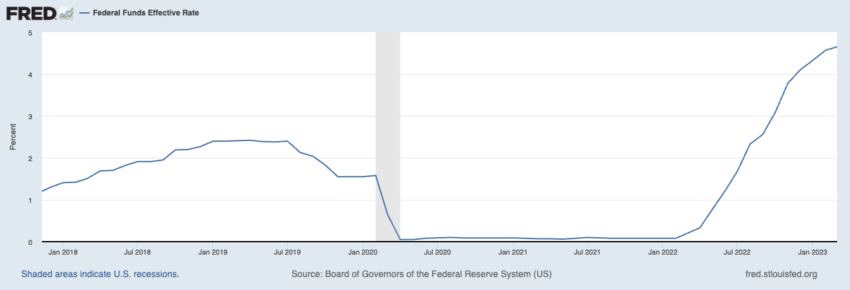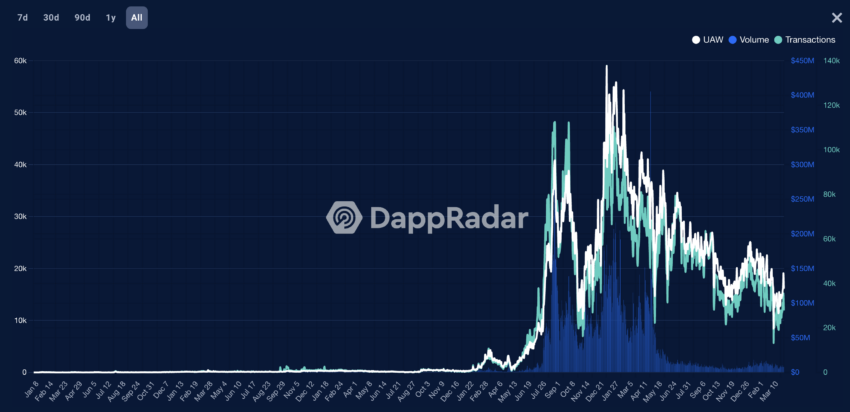Here’s why the NFT market has faltered

The extravagant realm of animal asset trading has expanded beyond the exclusive domain of art connoisseurs and into the crypto industry. Amidst the boom, many investors have turned their attention to global art, NFTs and luxury goods such as Rolex watches.
Yet, as economic growth begins to slow, the luxury goods market is experiencing a similar decline.
Global art sales take a hit
According to the Washington Post, global art sales will reach $67.8 billion in 2022, a 3% increase from the previous year. In contrast, 2021 witnessed a 30% increase in art sales compared to 2020. The influx of $9 trillion in liquidity has undoubtedly played a significant role in strengthening the art market.
The US has been a primary driver of the art market, with iconic pieces such as Andy Warhol’s Shot Sage Blue Marilyn selling for $195 million and Leonardo Da Vinci’s Salvator Mundi fetching $450 million in 2017.
However, the market started to lose steam in late 2022. Declining demand for lower-end work, recession concerns, rampant inflation and rising interest rates have severely impacted this market.

In addition to these factors, younger luxury consumers are also cutting back on spending.
Brands such as Burberry Group Plc and Gucci owner Kering SA report that “aspirational shoppers” — a younger demographic — are becoming more cautious with their spending as we head into 2023.
NFT sales suffer, but China may hold the key
The decline in market enthusiasm is most evident in the NFT area. After skyrocketing from $20 million in sales in 2020 to $2.9 billion in 2021, art-related NFT sales fell by roughly 50% in 2022.
While young people continue to invest in art, those who do typically have over $1 million in assets, including real estate and private businesses. This distinguishes them from the “crypto bros” who entered the market during the boom.

The Washington Post suggests that China may hold the key to revitalizing the art and luxury markets. After the financial crisis in 2008, the Chinese market played a decisive role in the recovery. Art sales went back in 2010.
Recent events such as Art Basel Hong Kong and positive signals from brands such as Prada and Moncler indicate a resurgence of luxury shopping. Bernstein analysts have also observed Chinese fashion enthusiasts starting to travel abroad again.
For purveyors of high-end products from Balenciaga to Basquiat, the hope is that Chinese consumers will unleash a new wave of “revenge spending” to revitalize the luxury and alternative asset markets.
Disclaimer
In accordance with the guidelines of the Trust Project, BeInCrypto is committed to objective, transparent reporting. This news article aims to provide accurate, timely information. However, readers are advised to verify the facts independently and consult with a professional before making any decisions based on this content.

























